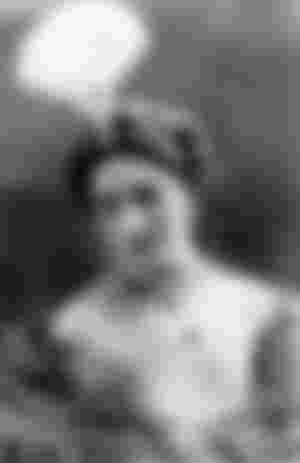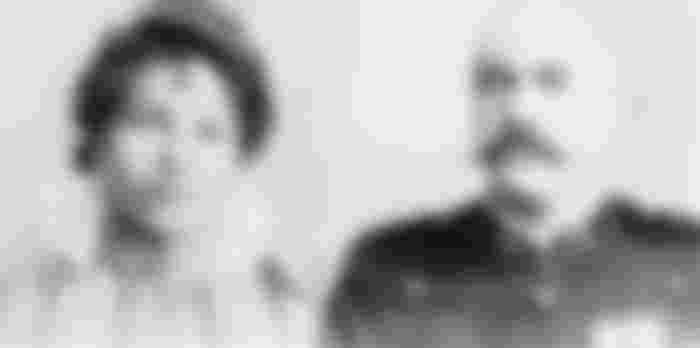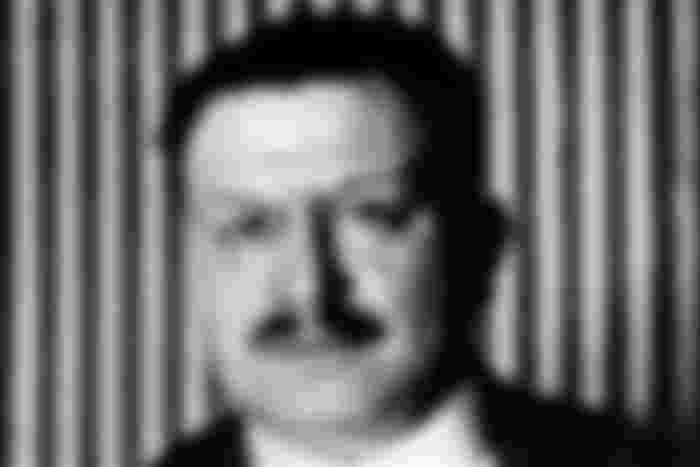It has been a century since the firing squad executed Mata Hari after she was convicted of spying for Germany. The first biography of her was published in 1917, just a few weeks after her death. Since then, she has been the subject of 250 biographies and novels, and films and series have been made about her, the most famous being the 1931 version starring Greta Garbo.

She was a creation from the beginning to the very end, a character in the play for whom she wrote scripts again and again ”. Mata Hari “Femme Fatale”. Her need to spin stories about her past helped her become an icon, a unique embodiment of sex, glamor, intrigue and danger. But that is exactly what led to her death at the age of 41.

The need for such behavior by Margaret Geertruid Zelle was inherited from her father, Adam Zell, the owner of a hat shop in the Dutch city of Leeuwardne who adored his nickname Baron. Adam encouraged his daughter Margaret to attract attention as he does. He spoiled her, but her childhood was abruptly interrupted in her early teens when her parents divorced and her mother died. Margaretha lived with relatives and enrolled in teacher training college. However, due to rumors that she had an affair with the director, she was expelled from the faculty, and he remained at his job.
She desperately needed money and prestige, so Margaretha responded to an ad in the Lonely Hearts column posted by soldier Rudolf MacLeod, 39, on leave. Margaretha, then eighteen, met Rudolf at the Rijksmuseum in Amsterdam in 1895. Six days later the two of them announced that they were engaged. In 1902, Margaretha and Rudolf divorced. Nona's custody went to Margaretha, but since she had no money, she had to leave it with her ex-husband.

After the divorce Margaretha moved to Paris and worked as an art model and in a circus. Then a friend suggested she try dancing in the saloon in front of rich people who appreciated art. Her other friend came up with the name Mata Hari, which in Malay means "around the day", "the rising sun" or "dawn" - and it finally dawned on her then. She became a sensation by dancing, discarding one by one the veil she wore and remaining completely naked except for the ornament on her head and the armor on her chest that were surrounded by jewels. She claimed to perform an authentic Javanese dance from the temple so the audience was persuaded not to pay to watch the striptease, but to see a snippet of a religious ritual from the mysterious East.
The beauty from Paris traveled through Berlin, Vienna, Monte Carlo and Milan. She never lacked a lover from high society, they were always there to allow her to maintain the lifestyle she was used to. When the war broke out, it did not seem completely illogical that the German consul in Amsterdam offered her 20,000 francs to steal French secrets. However, she spoke several languages, traveled around Europe and slept with numerous officers, politicians, aristocrats and industrialists. There was no better person than her to hear what they were saying behind closed doors.

Georges Ladoux
Georges Ladoux, head of the French Counter-Spy Bureau, suggested that Mata Hari spy for France and she agreed, not mentioning that she had already accepted a similar offer from their enemy. Either she was brilliantly cunning or stupidly naive. Most people who have studied her life claim that she was naive. She didn't realize that the stakes would be higher when she started playing the role of a spy. The war was not a game and a performance as she thought.

In February 1917, she was arrested on charges of being a double agent. The French authorities had almost no evidence, but the country's losses in the war were so great that someone had to be blamed for national morale. Prosecutor Pierre Bouchardon did not focus on what she did, but on her character - she was liberal, debauched, known in the world and prone to twisting her own past. All this made her famous in peacetime, but in war it was enough to condemn her for it.







nice written article dear....congratulations.....